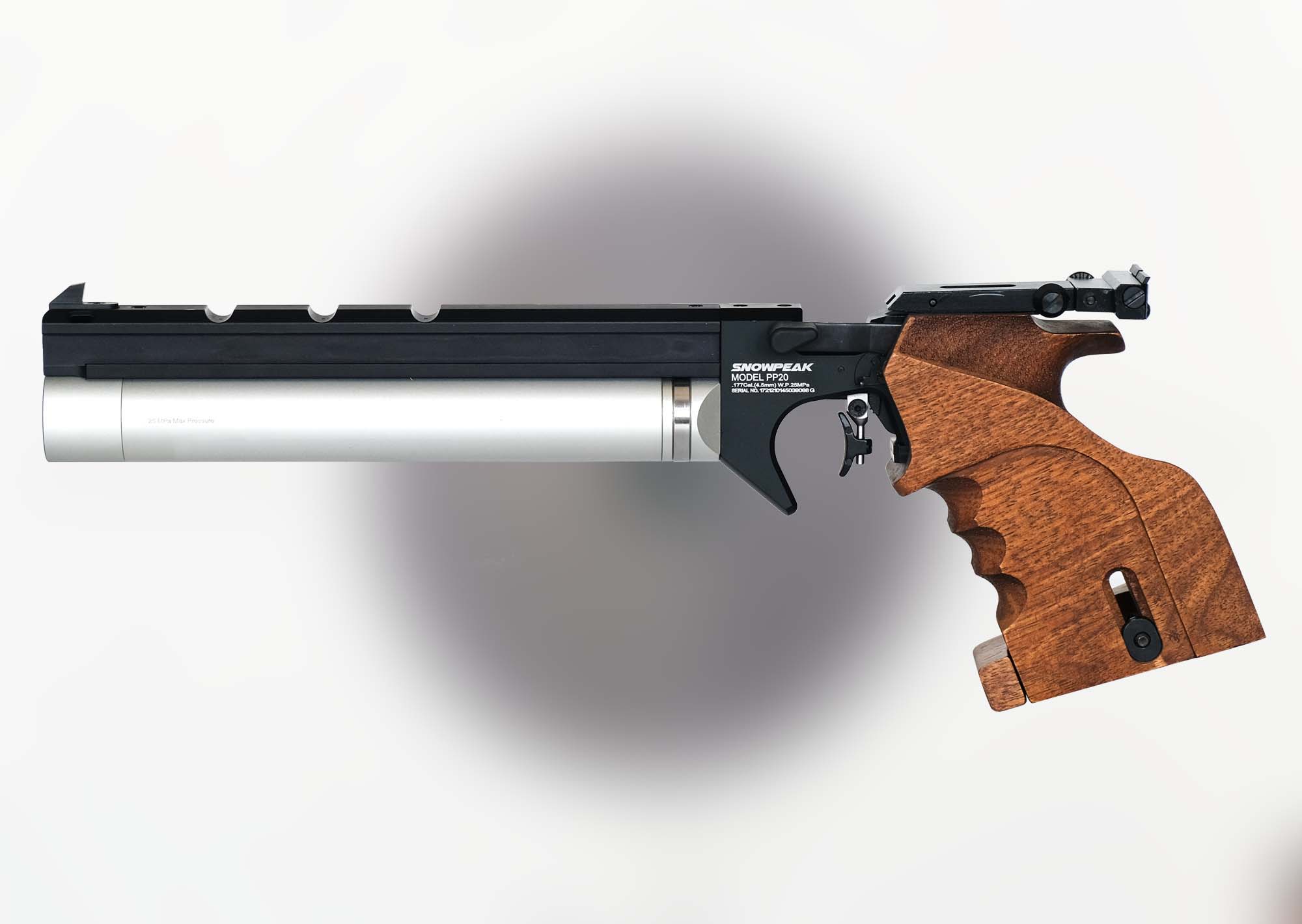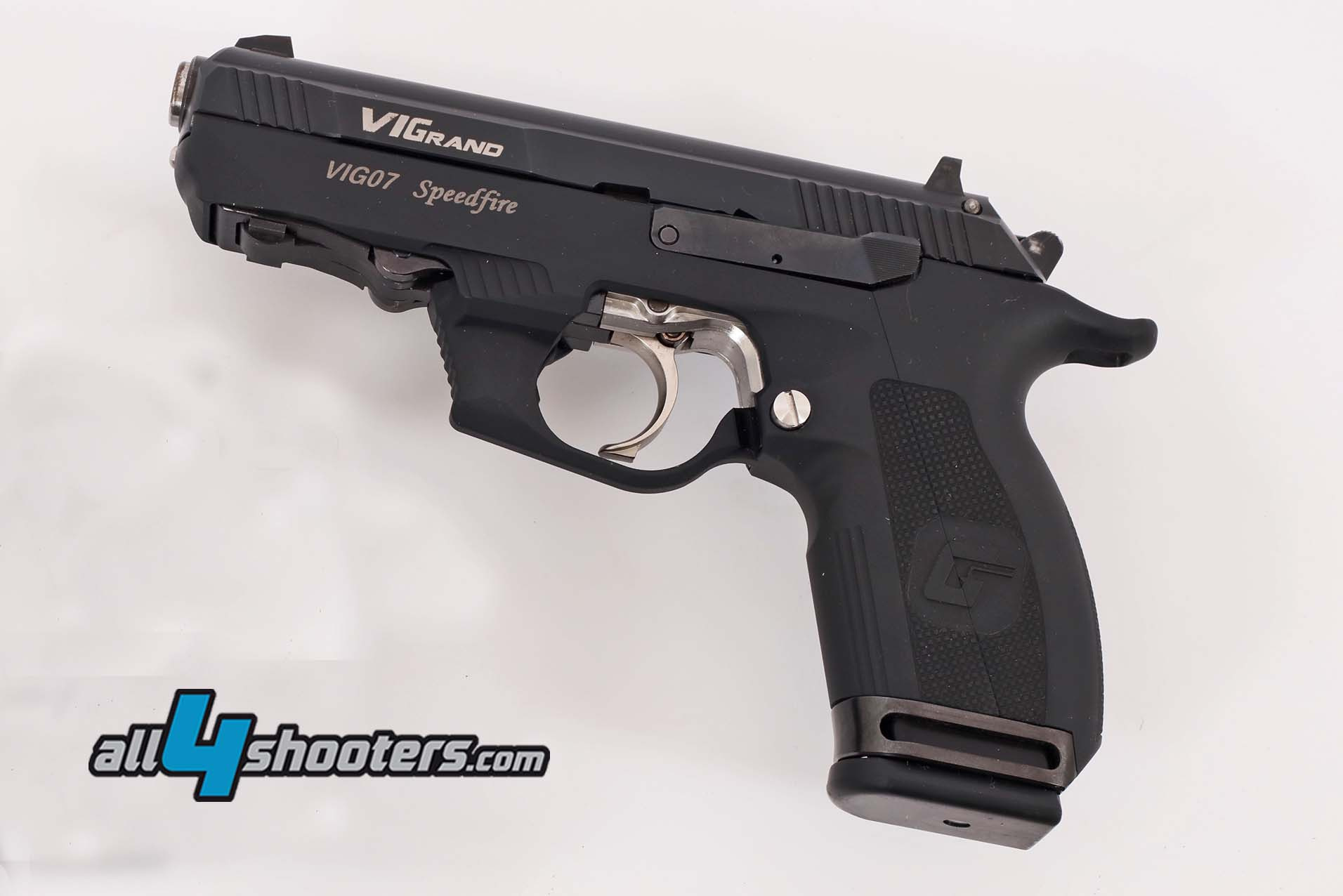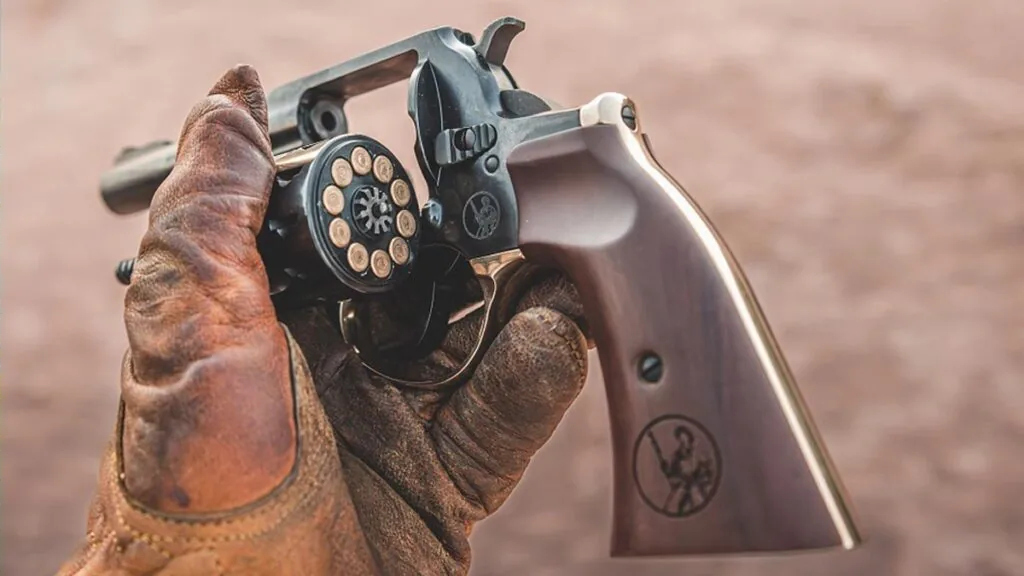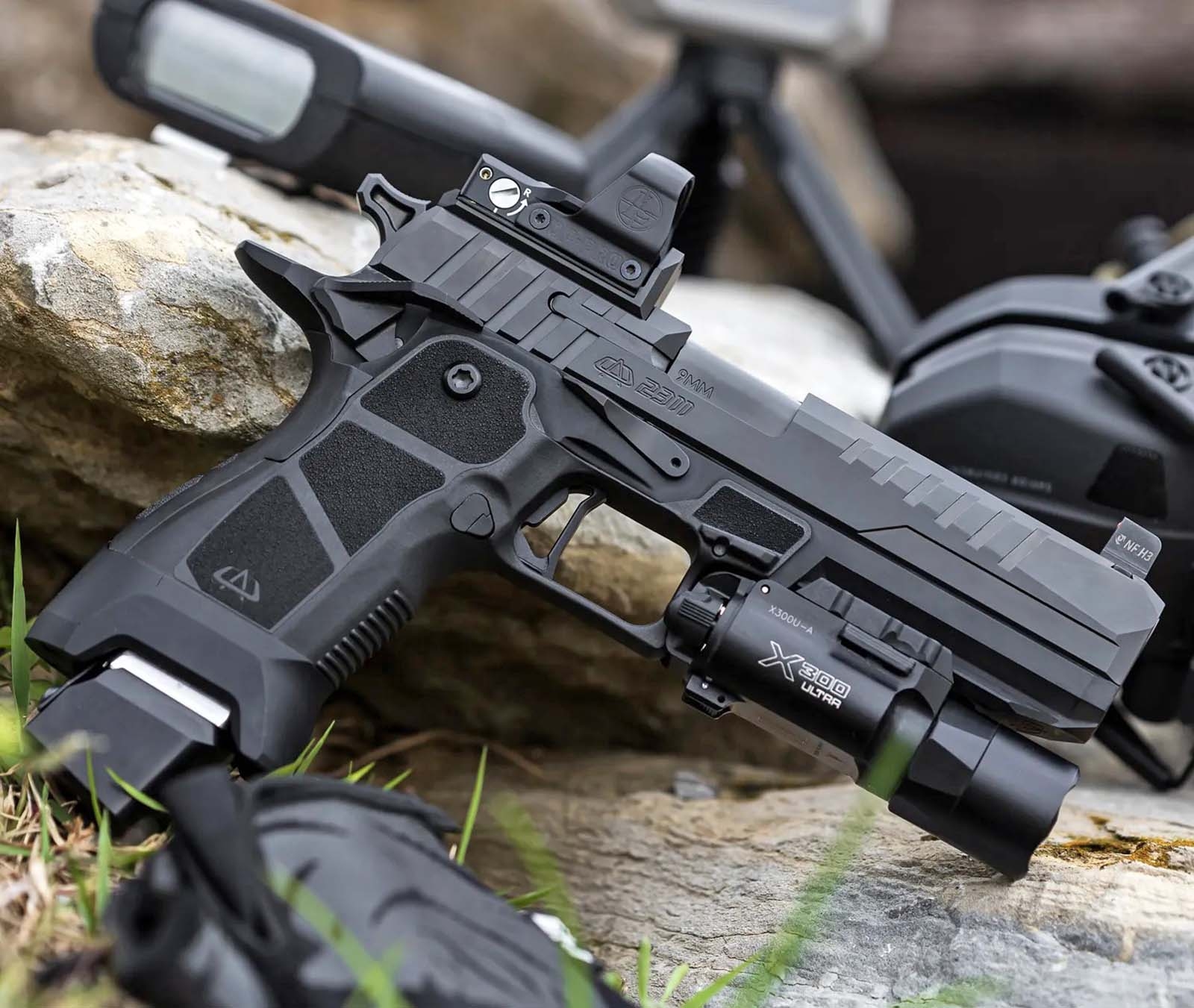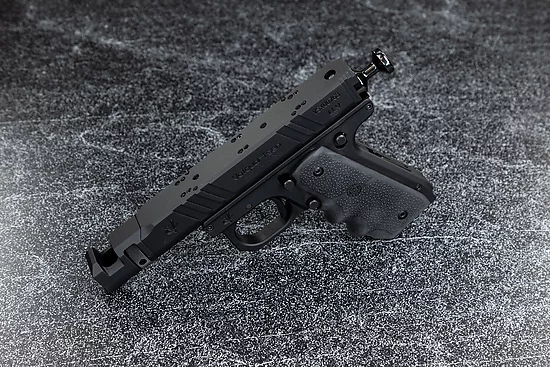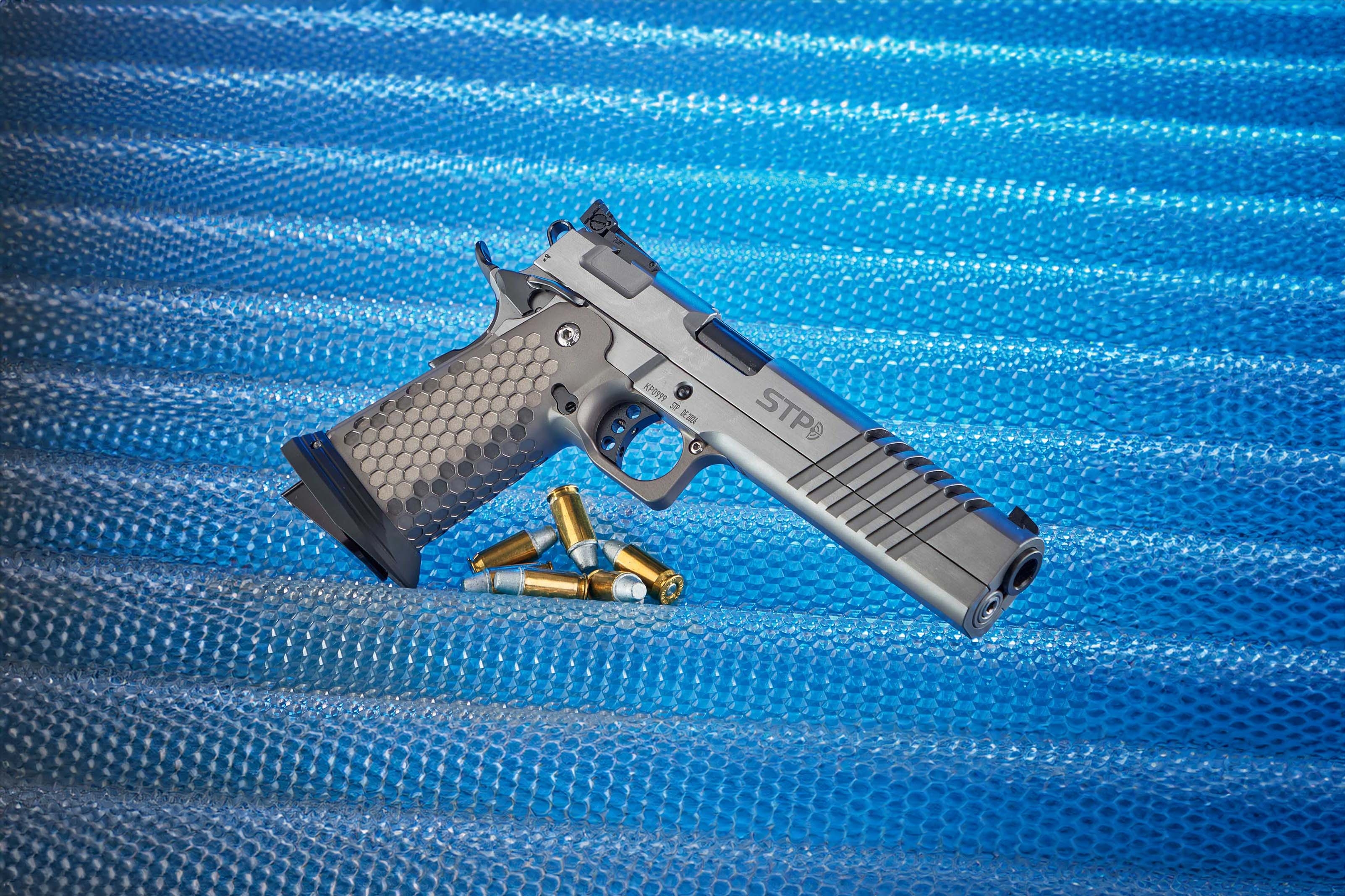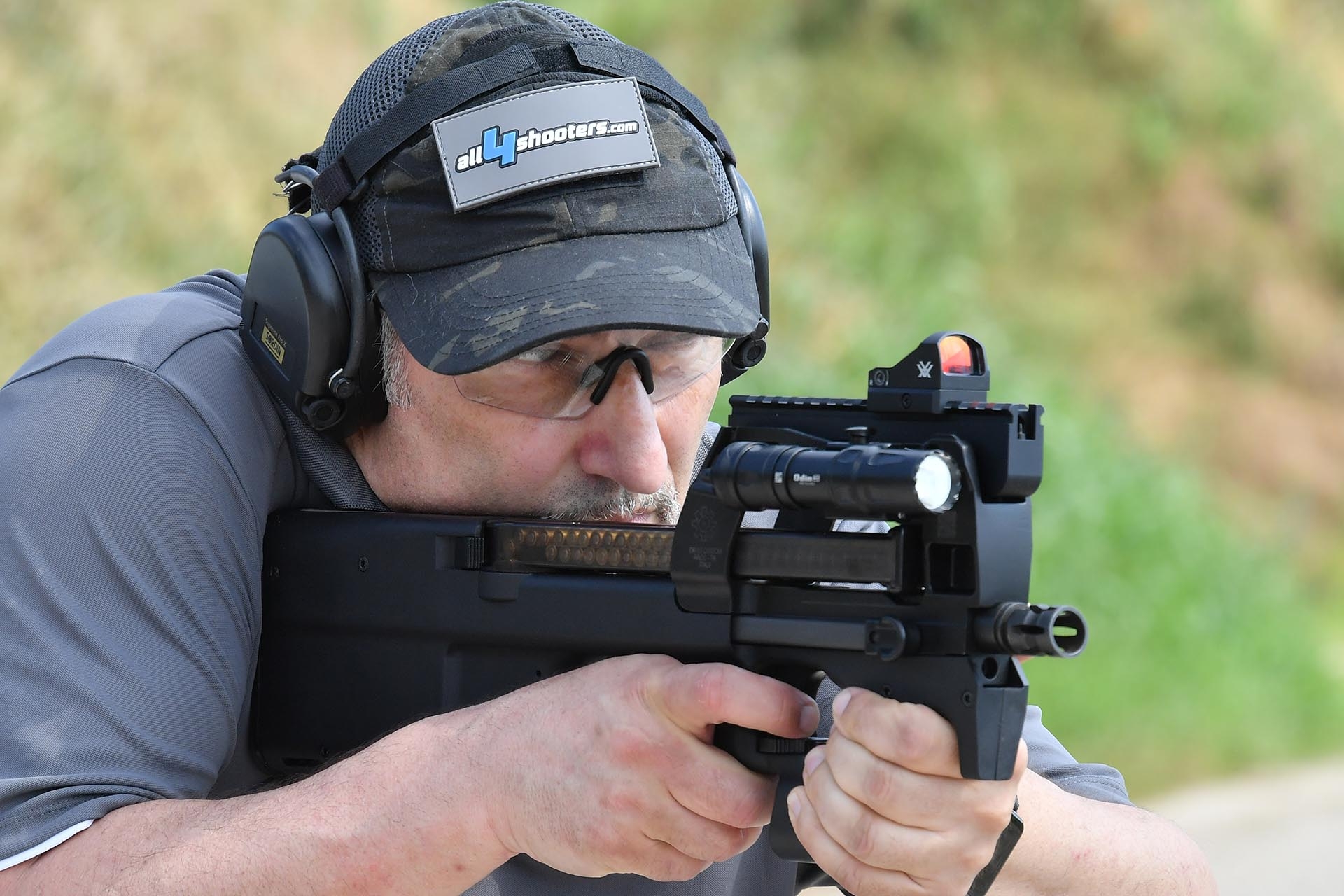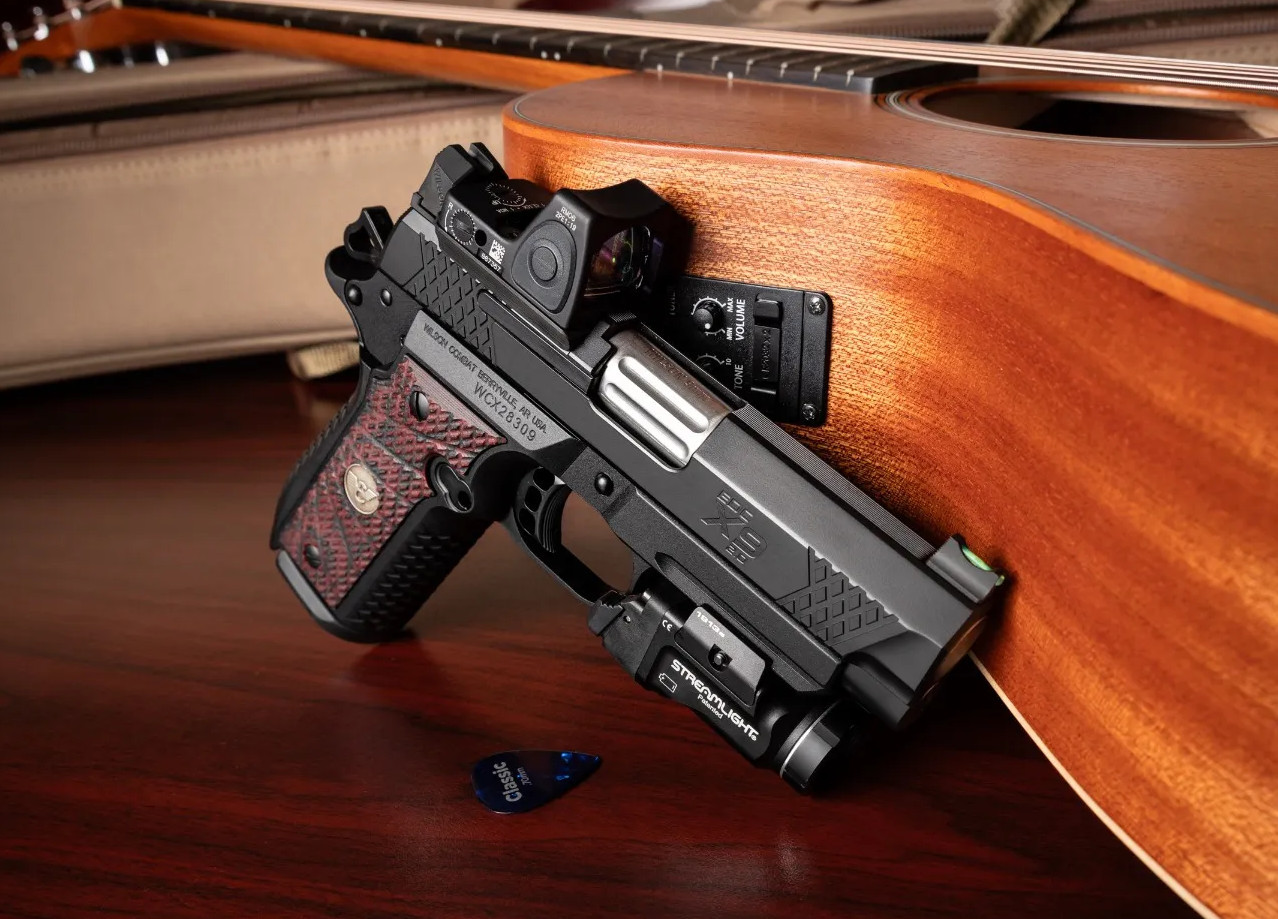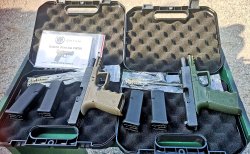
The Israeli Emtan Karmiel company has been manufacturing and trading products for military and law eforcement use for decades. It is less well known to the general public than IMI/IWI and Bull because it does not make many models of firearms and in any case not sporting guns (at least for now), being mainly targeted on the military and law enforcement markets.
Emtan Karmiel supplies Israeli special forces with M4-style assault rifles but also makes handguns and rifles that are independently designed and built to be reliable, durable, rugged and easy to use. The cost of the Ramon pistol, on the other hand, is relatively low.
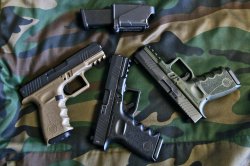
In contrast to other Glock clones that justify the higher price with a large availability of accessories, often dedicated to sport shooters, and that sometimes use very different materials, Emtan has decided to focus on internal and external robustness (the Picatinny rail, to give an example, does not flex at all) with few modifications to the line so as not to alter compatibility with holsters and other accessories.
The price of the Ramon is in line with other quality striker-fired guns. But the Ramon also comes standard with night sights (this is possible because Emtan also manufactures tritium sights), the trigger is excellently designed, so you don't have to buy an aftermarket trigger, and finally the Ramon features a loaded chamber indicator. This is therefore a gun comparable to its Austrian inspiration, but beefed up (which also has a cost) and with three improved/additional components already on board.
First shots with the 9mm Emtan Ramon
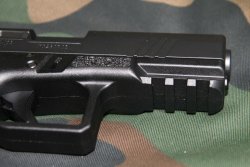
The Ramon has been manufactured and tested for over 6 years, having been sold halfway around the world, with the majority of sales in the military and law enforcement sectors. Why is the Ramon different? Is it not enough just to copy a Glock 19? First of all, they decided to make only one universal model in order to optimise production and reduce costs, instead of dozens of variants in many calibers like so many other manufacturers. So they chose the third-generation Glock 19 as their inspiring muse. After all the US marines had also adopted it for this very reason, and reluctantly had to get rid of it in order to follow military directives for the standardisation of weapons in favour of the "modular" SIG Sauer P320 under the names M17 (full size) and M18 (compact), which can be used interchangeably to create a whole host of variants.
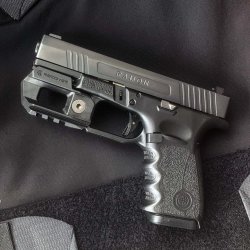
Sure, Glock and Emtan pistols are not as modular as the SIG Sauer, but in the end they shoot very well out of the box – in the opinion of some, better than the M18, and in any case the size and ballistics of the M18 and G19 are such that they cover all the soldier's operational needs with very few exceptions. But Emtan neither could nor wanted to make a copy of a Glock: they wanted to do something better. And some (including me) argue that they succeeded. As said before, the Israeli engineers were inspired by the Glock model that they liked best, i.e. the Gen3, so they deliberately kept the finger grooves on the grip and in my opinion they actually improve ergonomics compared to pistols that do not have them. In any case, they are compatible with the use of military gloves.
The grip is designed with female users in mind, but is also excellent for those with large hands. In addition, the smaller size means that the force that can be applied to the grip by the user's hands is greater than with many other pistols.
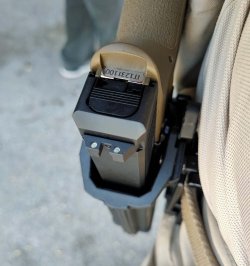
The grip allows for a very high grip, lowering the bore axis so as to reduce muzzle flip: this too is an improvement over its Austrian inspiration. The backstrap has been greatly reduced, inspired by the 1911's design, which is nothing new but is very well appreciated.
Yet, the Ramon also had to shoot better than a standard G19, but without compromising safety: this means a better designed and excellently made trigger, improved for both accuracy and rapid-fire shooting, relying on a shorter trigger reset and allowing for quicker follow-up shots. In my opinion, shot release is better than that of third-generation Glocks. The magazines are compatible with those of the 3rd and 4th generation Glocks I tested. The Ramon is only available in 9x19mm caliber: this might seem like a problem, but it is not necessarily so. For military gun manufacturers, containing prices is a priority, and one of the ways to do this is reducing the variants and calibers available. Companies such as SIG Sauer, for example, have virtually removed models in .40 S&W and .357 SIG from their catalog.
Emtan Ramon: our test fire
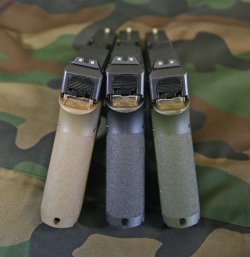
The Ramon thus comes in only one caliber, but offers the user tritium sights, a safe and excellent trigger for service and defence purposes and – why not? – for tactical shooting competitions, and is competitive even without any customization. Moreover, it is fully compatible with Glock-type magazines, which are among the least expensive on the market and with the greatest variations in type and capacity.
I had the opportunity to test the Ramon during a presentation and, although it was the first time I fired it, the results were remarkable. You can watch the video, but I can anticipate that the trigger pull weight and the short reset make this gun very interesting.
Practical accuracy is absolutely comparable to the competition, while in rapid, instinctive and operational shooting the Ramon offers the best, being among the best in the world in its category. An Optics Ready version will soon be available, as well as one with a longer barrel and threaded muzzle.
Emtan Ramon: final judgement
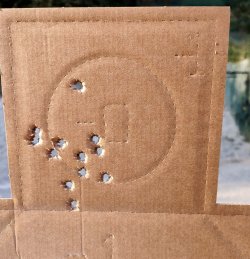
The Ramon is a gun that I would highly recommend to anyone who wants a compact pistol that does its job well and surprises with the many improvements and innovations it offers. The Ramon has already been chosen as the standard issue pistol by some countries. It is also a gun to buy because it was designed, built and used by those who have been waging wars for over four thousand years and unfortunately can't stop doing so.
In my opinion it is a cut above many other striker-fired guns. Even though I am out of practice because unfortunately I only shoot a few times a year, I found an immediate feeling with the gun which, while performing very well in aimed slow fire, is at its best in rapid shooting even with holster draw, as you can see in the video. What you see in the video was my first encounter with the Ramon. With a lot of time and a lot of cartridges, you can eventually shoot well even with a wreck, but only with really good guns can you shoot well right from the start! Anyway, how many people can afford to train firing at least 1,200/1,800 rounds per week? This is the stuff of champions, sponsored dynamic sports athletes with guns costing thousands of euros or customized for defensive shooting, such as my Glock 17 Gen3 which had 800 euros worth of accessories fitted. As a final note, it must be pointed out that unfortunately at present the Ramon pistol is not authorized for sale in/to the US and France.
Who is the Author: Biagio De Santis is a shooting instructor with more than 30 years' experience. In addition to teaching handgun, rifle and shotgun courses, he is a firearms student, inventor of accessories and maintenance products and collaborates with various publications. For all4shooters.com he has already written several articles in which he tested rare and unusual guns.
Video: first contact with the 9mm Emtan Ramon
Emtan Ramon 9mm pistol specs
| Manufacturer: | Emtan Karmiel (Israel) |
| Model: | Ramon |
| Type: | Semi-automatic pistol |
| Caliber: | 9x19 mm |
| Action: | Striker-fired |
| Barrel Length: | 102 mm |
| Overall Length: | 184 mm |
| Height: | 130 mm |
| Weight (unloaded): | 630 g |
| Frame: | Polymer, available in a choice of 4 colors (Black, Navy Grey, Army Green and Desert) |
| Magazine Capacity: | 15 or 17 rounds |



